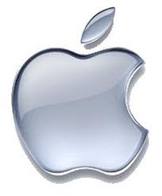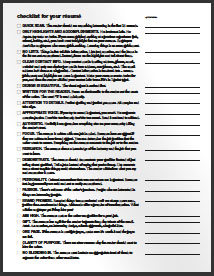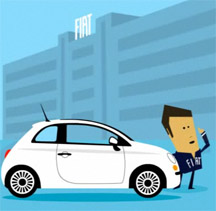Copywriter Internship for Apple:
Apple designs Macs, the best personal computers in the world, along with OS X, iLife, iWork, and professional software. Apple leads the digital music revolution with its iPods and iTunes online store. Apple is reinventing the mobile phone with its revolutionary iPhone and App Store, and has recently introduced its magical iPad which is defining the future of mobile media and computing devices.
Looking for a copywriting student to spend the summer at Apple. You would be working on projects and campaigns with design interns, which would potentially include work across social media, in-store posters for Apple stores, web, app development, and iAds. Ideally you’re able to write great headlines and body copy so we could also pull you in on other day-to-day projects. And as you can probably guess, you would need to write in a way that makes all the tech stuff easy to understand and keeps with the voice of the Apple Brand. By the end of the summer you’ll have written a lot, everyday, and potentially have your work seen by millions of people worldwide.
Good things to have:
- Advertising writing with headline experience
- Ability to tell a story and be creative
- A positive attitude and curious mind
Please send resumes and sample of work to Amber at akostik@apple.com
Filed under: Advertising, Getting a job | Tagged: Advertising, Creativity, getting a job, help wanted, junior copywriter, Scott Sherman, VCU | Leave a comment »




